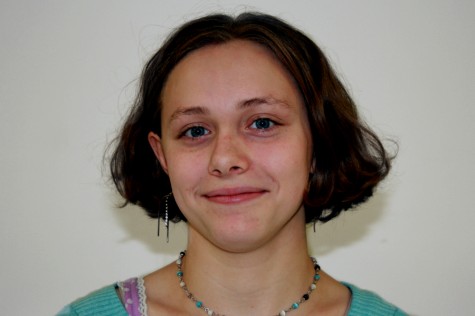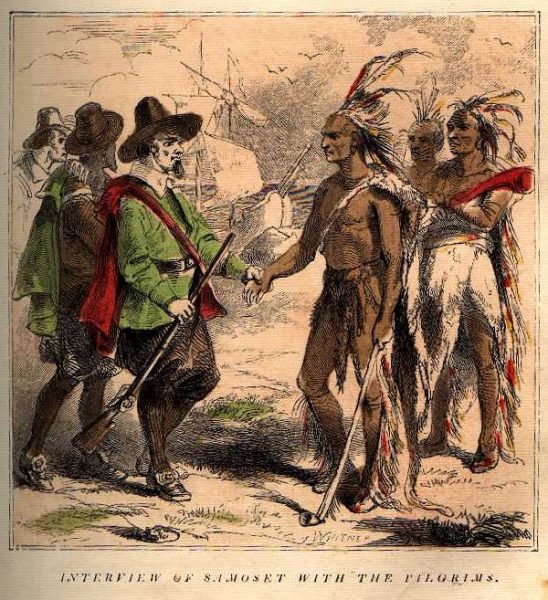Sunday marks the end of Daylight Saving Time
IMAGE / Wikimedia Commons
Turn your clocks back one hour at 2 a.m. Sunday, Nov. 1.
Students who love weekends but think they are not long enough are going to get a Halloween treat this weekend because they will get an extra hour on Sunday.
With Daylight Saving Time ending Sunday, Nov. 1, students are reminded to set their clocks back an hour, making Sunday a 25-hour day.
Officially, the time to set the clock back is at 2 a.m., but many experts suggest turning back your clocks before you go to bed.
As for DST, it has only been used for about 100 years.
Senior Sarah Williams is indifferent about DST.
“I get an extra hour of sleep,” Williams said, “(but) I do not like Daylight Saving Time because it gets dark earlier.”
According to timeanddate.com, Benjamin Franklin proposed the idea of DST in 1784. He is not exactly credited for its creation, however.
A New Zealand artist and amateur bug collector named George Vernon Hudson is the one who is normally credited for the creation of DST.
When Congress passed the Standard Time Act of 1918, it created time zones and DST was born.
The point of DST is to save electricity.
Energy use and the demand for electricity in homes is directly connected to when people go to bed and when they wake up, according to the California Energy Commission.
Currently, DST is not used in Hawaii, American Samoa, Guam, Puerto Rico, the Virgin Islands, and most of Arizona.
Mr. Kelly Christian, science teacher, likes DST because of the extra hour but said changing his clocks is bothersome.
“I do not like having to put the clocks forward one hour and then fall back one hour,” Christian said. “If we could do it just once that would be fine.”

Class: Junior
Hobbies/Interests: Basketball, football, NASCAR, World Wrestling Entertainment, reading, writing, cooking
Plans after high school:...





